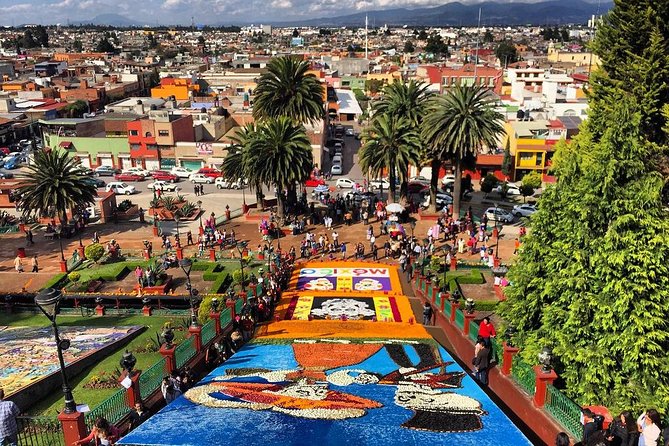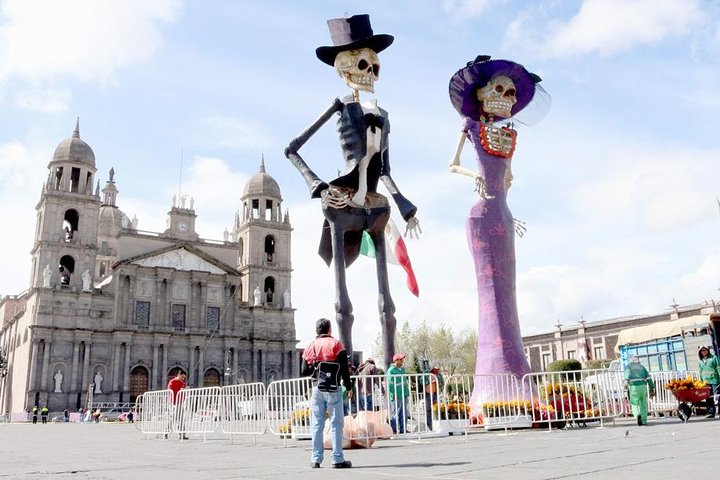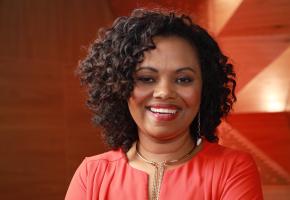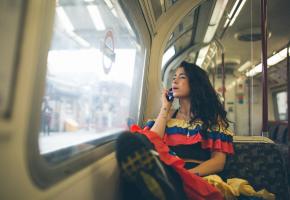1. Day of the Dead is a festival to remember the lives of the departed, full of joy and spirituality (nothing scary going on here). The streets are lined with ‘altars’, tables that families bring outside their houses, where they display photos of their departed loved ones, favourite dishes and items that they cherished. Celebrated mainly in Central and Southern Mexico on October 31st, November 1st and 2nd, which coincides with the Catholic holidays of All Soul’s and All Saint’s Day but the Mexican festivities remain mostly cultural instead of religious. The ancient beliefs of honouring the deceased were combined with the Catholic holidays by the indigenous people of Mexico. It is believed that the gates of heaven open on the 31st October at midnight, allowing he spirits of deceased children to come back to Earth to spend 24 hours with their families – these spirits are called angelitos. On the 2nd November it is the turn of the adults to join the festivities, which are taken to the cemeteries where families clean the tombs, play cards, listen to the village band and reminisce.

2. The tradition of Día de los Muertos is traced all the way back to the Aztec festival created to celebrate the Goddess Mictecacihuatl who is the Queen of the underworld and who watches over the bones of the dead and oversees the celebrations in name of the dead. Nowadays she is called ‘Lady of the Dead’. At that time, there was no hell nor paradise – the route your soul was related to the kind of death you had. The celebration lasted over two months and the Aztecs dedicated most of the month of August to Mictecacihuatl. Before the Aztecs, The Mayans (2000 BCE, while the Aztecs appeared in the 13th century CE) believed in three deaths: when your spirit left your body, when your body was returned to mother earth (buried), when everyone who remembered you passed away.
3. As part of the overarching suppression of indigenous religion, the Catholic Church exorcised Mictecacihuatl and moved the date to coincide with All Saints Day (November 1), which is also known in Mexico as Day of the Innocents as it focuses on deceased infants and children, and All Souls Day (November 2), which centers on departed adults. As such, Day of the Dead, has spread to most Catholic countries around the world and beyond.
4. The Skeletons that people dress up as are known as ‘Catrinas’, originally called La Calavera Garbancera. The original depiction of what is now the national icon of ‘mother death’ was created sometime between 1910 and 1913 on a leaflet making fun of the Mexican upper classes who were ashamed of their indigenous origins and dressed imitating the French style while wearing lots of makeup to make his/her skin look whiter. Catrina bears a remarkable likeness to images of Carmen Romero Rubio, the second wife of Porfirio Diaz, whose turbulent presidency was one of the main targets of Posada’s biting satire and preceded the Mexican Revolution. The symbolism of the skeleton, which in indigenous traditions throughout the Americas represents the continuation of life’s cyclical turn, proved to be a potent and resonant image for Mexican cultural independence from its Eurocentric elite.

5. Today, in Mexico, Day of the Dead is an excuse to hang out with friends and family, cooking feasts and toasting lost loved ones, a chance to catch up with those closest to you. In the altar, the four elements earth, wind, fire and water are represented (as well as possessions in remembrance of those people and delicious food and drink to tempt them back to earth for a short while to be with their family once more).
6. Decorations are placed in altars called ofrendas – each home has one. They are decorated with candles, flowers, mounds of fruits, plenty of food, pan del muerto, bottles of soda, hot cocoa and water. For the angelitos, toys and sweets are placed on the 1st November and then replaced on the 2nd for cigarettes and mescal for the coming of the adult spirits. Folk art skeletons and sugar skulls are purchased for decoration at open markets. The Mexican orange marigold, used in the celebrations, is believed to guide spirits in their path.

7. In 2003, UNESCO named Day of the Dead as part of Mexico’s Intangible Cultural Heritage. In every town, it has become a huge celebrations where the streets are closed and live entertainment is provided by the city authorities. Many of the indigenous families spend over 2 months’ salary on decorations in preparation for the holiday because they believe that happy spirits bring good luck, wisdom and protection to the members of their family. Nowadays some people do still spend copious amounts on decorations but others prefer to keep it simple.

8. Pan del muerto is a sweet bread roll shaped like a bun and often decorated with bone-shaped phalange pieces. A teardrop is also normally present on the bread to represent the Goddess Chimalma’s tears shed for the living. Bones on the bread are presented in a circle to portray the circle of life.
9. The clay-moulded sugar skulls tradition goes back to the Colonial period in the 18th century. There is a competition at the Feria de Alfinique in Melepec, where enormous sugar skulls are made in clay moulds by sugar skull makers who have been doing them for generations. Sugar skulls are meant to represent a departed soul. For the sweetmakers work can begin work 4 to 6 months prior to the holiday to make sure enough merchandise will be available during the festivities.

10. Other countries celebrate their deceased family members; in Brazil it is called Dia de Finados and a national holiday and Brazilians visit cemeteries and churches to pray, in Spain they have parades and at the end of the day families head to the cemeteries to pray for their dead loved ones. Similar rituals and festivities are also seen in Asian and African countries. So wherever you’re from, if you fancy a change to the vampire fangs and witch hats and would rather celebrate something more meaningful, you’re more than welcome to put your own spin on this celebration and get the family together to keep the memory of your loved ones alive.
LEARN TO DO YOUR OWN CATRINA MAKE UP
Finally, celebrate Day of the Dead in London!
🎃👻 VIVA HALLOWEEN 👻🎃 London’s BIGGEST Reggaeton Halloween Party at Lightbox! 🕺💃
🗓️ Saturday 1st November | 11PM – 5AM
🔥 3 Rooms of Music:
✨ Reggaeton | 🎶 Pop / R&B / Club Hits | 🌴 Baile Funk
💀 Expect live dancers, street food, arcade games & spooky surprises 👀

















